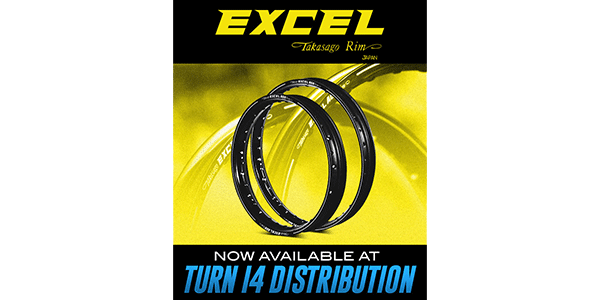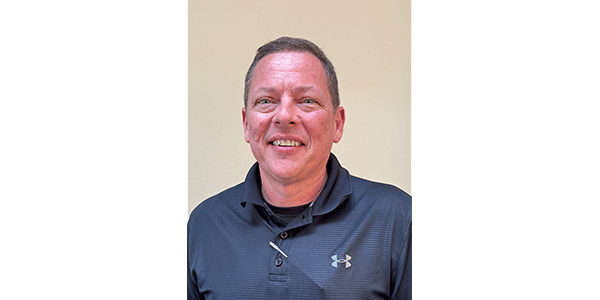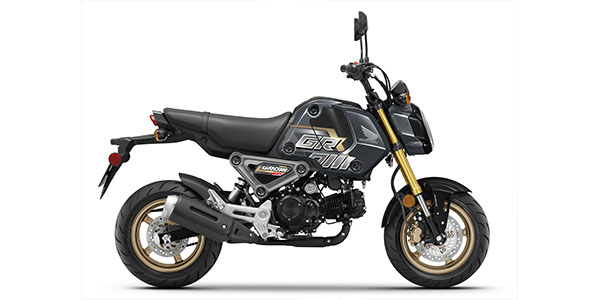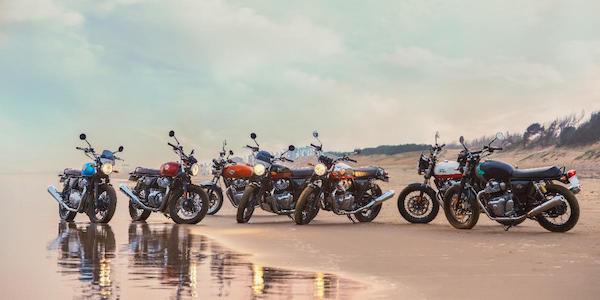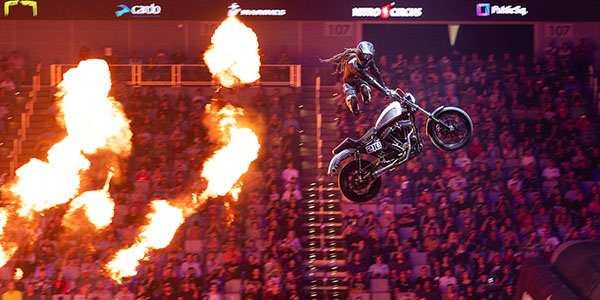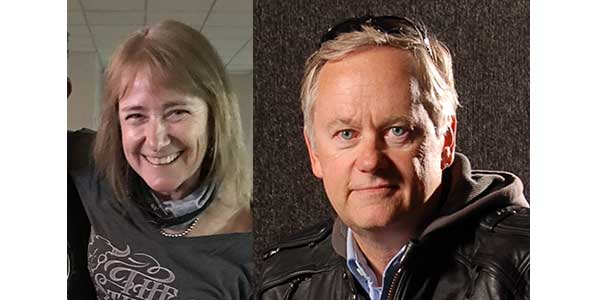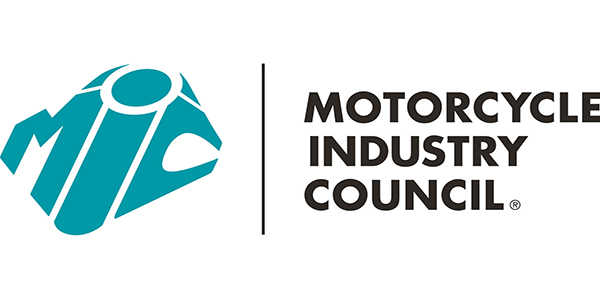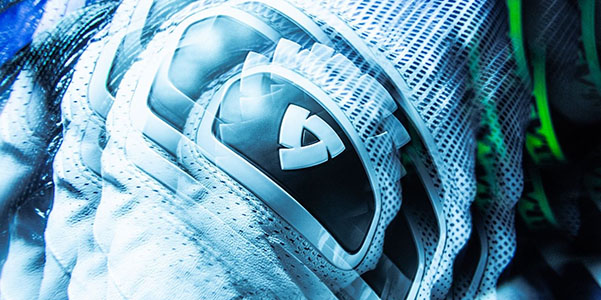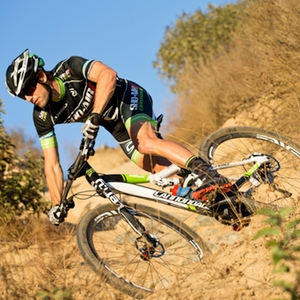 The fundamental ties between motorcycles and bicycles are deep-rooted. I have a personal theory that spinning along balanced on two wheels has some kind of positive physical effect on human beings. For me, any day with time on two wheels is better than a day without.
The fundamental ties between motorcycles and bicycles are deep-rooted. I have a personal theory that spinning along balanced on two wheels has some kind of positive physical effect on human beings. For me, any day with time on two wheels is better than a day without.
History certainly supports my half-baked theory. The bicycle has been in society for ages, and the early ones clearly must have done something good for people’s brains. I say this because they were essentially deathtraps. The velocipede was a wooden bar strung across two wheels with a handlebar — think of it as a Victorian era skateboard. People fell off them and were hurt. The bikes were soon banned.
The next bicycle was the boneshaker, which coupled an iron frame with wooden wheels and iron tires. It was torturous to ride.
The looniest of the early machines was the high-wheeler, which had rubber tires and a very large front wheel. They were as fast as a modern bicycle. They also had a propensity to slap the pilot to the pavement face-first. Broken noses and fractured wrists were common occurrences for high-wheeler riders. Since they were expensive and dangerous, well-heeled young men bought them in droves.
Eventually, someone created something called a “safety bicycle,” and those were popular from the 1880s to 1900 for reasons I don’t understand or support. If it’s safe, why do it? Maybe they should’ve called it the “boring bicycle.” Boring was good in those days, as more than a million units sold in the U.S. in 1900.
As the safety bicycle craze swept America, German engineer Gottlieb Daimler experimented with ways to provide internal combustion power in compact vehicles. He pursued this interest in engines and left his job, bought a cottage in the country and started building engines in a greenhouse (which alarmed the neighbors so much they called the police).
Daimler built a compact internal combustion engine, and put his engine into anything that moved: a boat, a stagecoach, a trolley car, and — most famously — a wooden two-wheeler, which is now considered the world’s first motorcycle.
Arthur Davidson also rode bicycles, but as it turns out, he didn’t like them much. He needed a solution to get to his favorite fishing hole faster, so he and his brother, Walter, installed an engine in a bicycle frame. Turns out that this solution was a complete failure at first, but after they teamed with an old friend named William S. Harley, they figured out a solution that worked. You might know the result of this little experiment — a company now known as the Harley-Davidson Motor Company.
The Harleys and Davidsons needed a place to sell their motorcycles. Jean Davidson, author and family descendent of Arthur Davidson, explains, “My great uncle Arthur Davidson went to bicycle shops and talked the owners into selling motorcycles.”
The timing was perfect for the Motor Company, as bicycle shops were struggling. Between 1900 and 1905, the bicycle market shrunk by 75 percent. Davidson put it succinctly: “When motorcycles came out, who wanted to pedal a bicycle if you could just put a motor on it?”
Harley-Davidson became the dominant maker of motorcycles by 1914. In 1917, the company introduced a line of bicycles featuring gorgeous paint and pinstripes that matched the motorcycle line, as well as a beautifully crafted front drive gear with “Harley-Davidson” cast into it. The Davis Sewing Machine Company built the bikes for Harley-Davidson.
“Arthur went back to the same shops that were selling Harley-Davidson motorcycles, and they just laughed at him,” Davidson said. “They put the bikes in the corner and just kept selling motorcycles because they made more money on them.”
The experiment lasted until 1922, and then the Motor Company pulled out of the bicycle business.
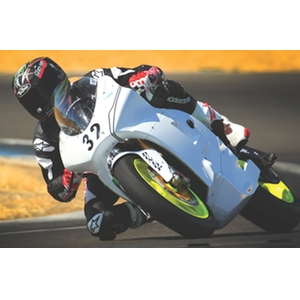 Bicycles experienced another resurgence in the ‘60s when the rise of the hot rod Schwinn Stingray for kids and the 10-speed bicycles popular with adults for recreation drove sales of bicycles in the U.S. Sales doubled to 7 million bicycles sold in 1970 alone. From 1971 to 1975, sales doubled again. Time magazine reported that “for the first time since the 1890s, nearly one-half of all bicycle production was geared for adults.”
Bicycles experienced another resurgence in the ‘60s when the rise of the hot rod Schwinn Stingray for kids and the 10-speed bicycles popular with adults for recreation drove sales of bicycles in the U.S. Sales doubled to 7 million bicycles sold in 1970 alone. From 1971 to 1975, sales doubled again. Time magazine reported that “for the first time since the 1890s, nearly one-half of all bicycle production was geared for adults.”
In the late 1960s and early 1970s, vacant lots in Southern California were invaded by hordes of kids racing around on their Sting Rays and other hot rod bicycles. When director Bruce Brown chose to open his legendary documentary On Any Sunday with kids riding bicycles off-road, he touched off a craze that became BMX.
One of the stars of that film was Mert Lawwill. He grew up riding bicycles as a kid in Idaho. “Even as a kid with a bicycle I would take a shovel and make an oval track with banked corners so I could race around it,” he told reporter Shawn MacDonald. Lawwill first got on a motorcycle when he was 8 years old, and he took to it like a fish to water. “There was just something about riding motorcycles — and riding them fast that just seemed natural to me,” Lawwill said.
Lawwill eventually progressed to racing, and became a Harley-Davidson factory racer. He was a fast rider and an innovator. He was able to beat the other factory riders by handcrafting a suspension frame and reworking the head and cylinders. He won the AMA Grand National Championship in 1969, and won 161 AMA Grand National races during his career.
Lawwill starred alongside Steve McQueen and Malcolm Smith in On Any Sunday, and he’s best known today for struggling to win a race in front of Bruce Brown’s cameras.
In the early 1970s, Lawwill was working with Terry Knight to build suspension frames for Harley-Davidson motorcycles. The bicycle craze of that era led Knight to suggest that he and Lawwill try their hands at bicycle frames.
The cutting edge of bicycling in the 1970s was the mountain bike. Riders would take old 1930s and 1940s Schwinn Cruisers and fit them with better brakes and fat tires so they could blast down mountain trails.
Lawwill and Knight ultimately created the first production version of a mountain bike in 1978 — the Lawwill Pro Cruiser. When Specialized introduced the Stump Jumper in 1981, it was a better bike and sold for less. Lawwill decided it was time to get out of the mountain bike business.
Ten years later, he was riding a mountain bike down a mountain at about 20 mph, terrified that he’d crash. When he got home, he realized he could’ve gone down the hill at 40 mph on a motocross bike. This led him to design an innovative new rear suspension system for mountain bikes. He took out five patents on the design and licensed it to Schwinn and Yeti. He’s now in both the Motorcycle and Bicycle Halls of Fame for his accomplishments.
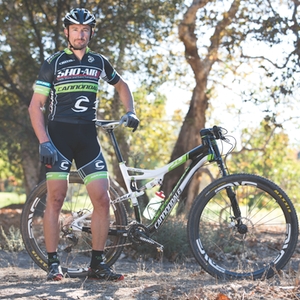 Andy Pallemaerts’ passion for two-wheels led him to buy a bicycle store in New Smyrna Beach, Fla. The area has great beaches — the best surfing in Florida — and is located a few miles south of Daytona Beach.
Andy Pallemaerts’ passion for two-wheels led him to buy a bicycle store in New Smyrna Beach, Fla. The area has great beaches — the best surfing in Florida — and is located a few miles south of Daytona Beach.
A business partner of Pallemaerts had a Polaris dealership, and the two joined forces to start Volusia Motorsports. The dealership sells Polaris ATVs, Victory and KTM motorcycles, Genuine scooters, and a complete line of bicycles.
“Every motorcycle dealer needs diversity. In poor economic times, we still have customers coming in the door,” said Pallemaerts. “We don’t sell watercraft, we sell bicycles. We also sell scooters. Our leisure bike customers cross over to scooters. They can buy that from the same friendly store that sells them bicycles.”
The most interesting crossover he sees is the off-road people. Most of his off-road customers are training on bicycles.
This is true industry-wide, particularly at the professional levels. Two of the most hardcore cyclists are Ben and Eric Bostrom. Ben is a road-biking fiend who does 60 miles every other day, and Eric off-roads just as much. Ben raced the 24 hours of Moab solo and finished well, while brother Eric entered with a team and won.
Ben Spies is a very serious road cyclist. He is a co-founder of the bicycle racing team Elbowz, which sponsors a number of elite amateur cyclists. The team was named the most exciting new U.S. team in 2011, chalking up more than 70 wins and becoming the second-ranked amateur cycling team.
Spies also competed in the 2012 Gran Fondo in Italy, and finished second in his class and 14th overall.
Back in Texas, Steve Littlefield owned a parts and repair motorcycle shop in Wichita Falls. He and his son, Paul, are avid cyclists, and they sold bicycles out of that shop. When they made the move to Georgetown, a northern suburb of Austin, they opened Central Texas Powersports, a large, new dealership that
offered everyone a brand: Honda, Kawasaki, Suzuki, Yamaha, Polaris, Can-Am and Sea-Doo machines. They also wanted to offer cyclists a line, so they added Specialized and Redline bicycles.
The shop is located in a community that is exploding with active retirees moving in to take advantage of the area’s great weather and terrific road cycling network. The area lacked one thing: a bicycle shop. The cycling aspect of the business exceeded expectations.
“We were amazed at the amount of crossover,” said John Walker, general manager. “We see it in all aspects. Off-road guys ride mountain bikes. Road bicycling guys ride road bikes.”
Bicycles supply about 15 percent of the business at Central Texas Powersports, which is a huge chunk when you consider how many other lines they carry. According to John, large portions of his customers are retired men.
My theory about bikes having some kind of biologically positive effect is as half-baked as a theory can be, but I’ll tell you this: when I’m old and gray, I’d like nothing better than to spend my days in a sunny city riding motorcycles and bicycles.

